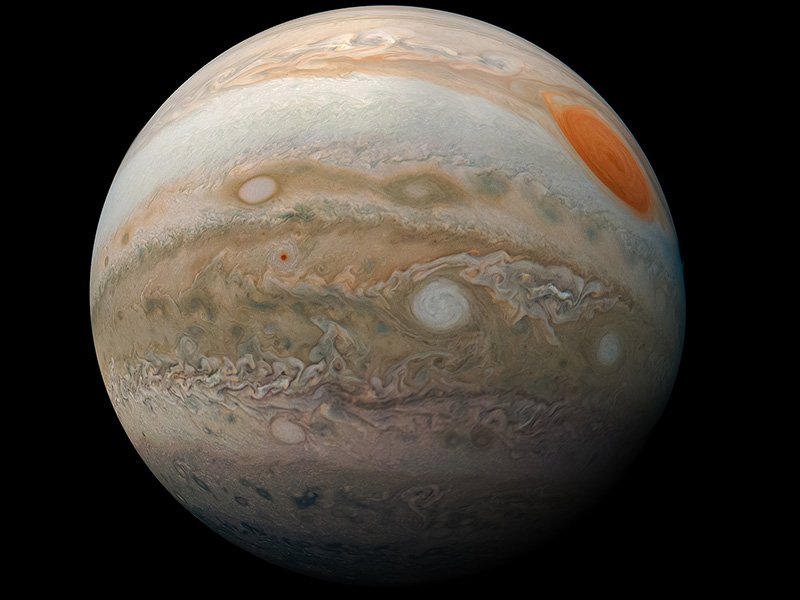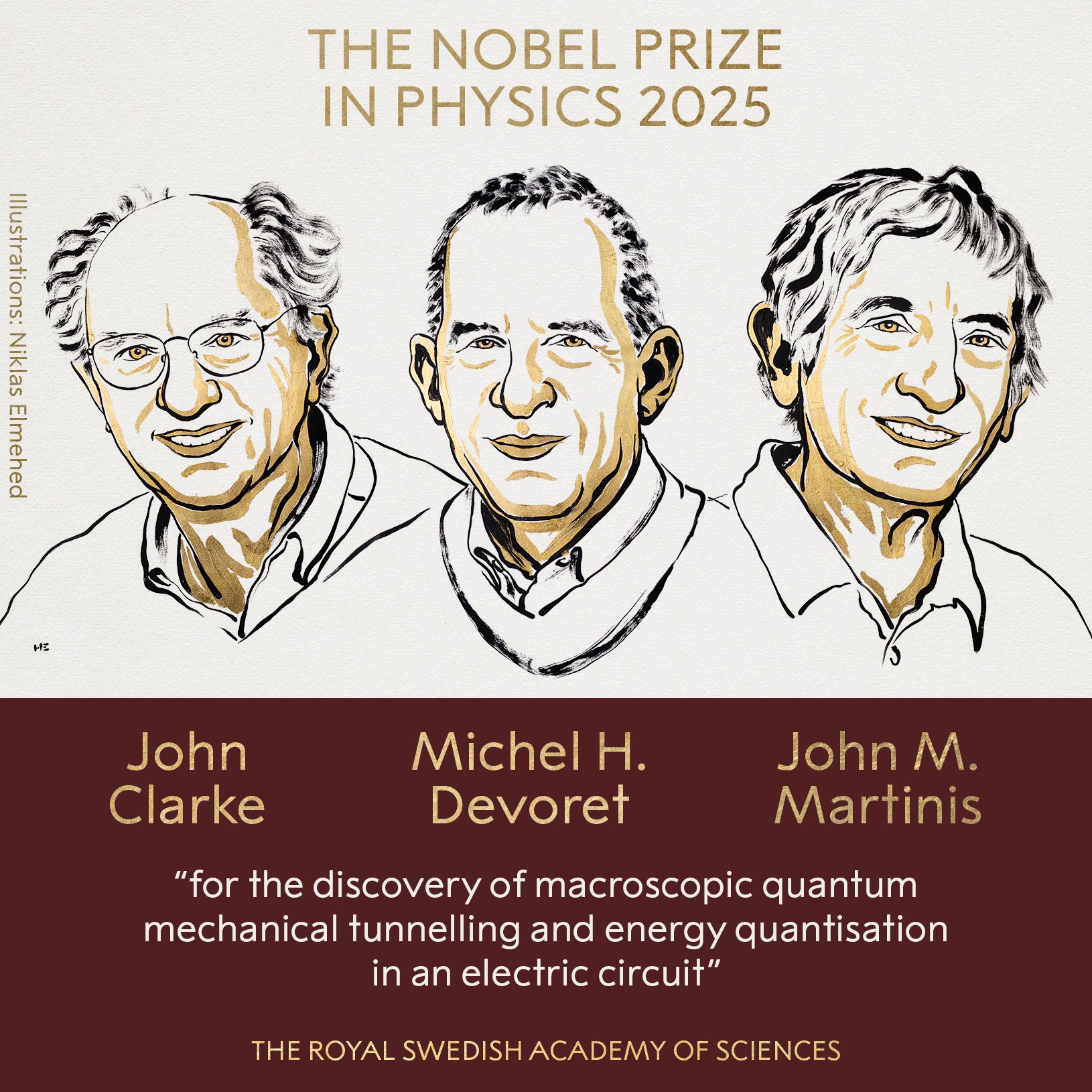every week, Technology World and #AstroMiniBR brings together five relevant and entertaining astronomical curiosities produced by collaborators. twitter profile To spread the knowledge of this science, which is the oldest!
#1: New moons of Jupiter
Jupiter has “earned” 12 new moons and is back to being the planet with the most moons in the Solar System!
The discovery that these tiny objects orbit the planet was published last week by the Minor Planet Center.
now 92 (Jupiter) X 83 (Saturn) ??#AstroMiniBR pic.twitter.com/K2SgVFEwGw
— Sofia Fonseca (@sofia_fonsecao) February 5, 2023
Jupiter, the largest planet in the Solar System, has just joined the natural satellite family: 12 moons orbiting the gas giant have been discovered, and more to come!
Observations on the orbital behavior of these satellites have been made since 2021 and were confirmed to belong to the Jovian system at the end of last year. These discoveries make Jupiter the planet with the most moons in the Solar System with a total of 92 moons, surpassing Saturn with the last podium with 83 moons.
Orbital calculations to confirm the moons were made by the Minor Planet Center (MPC), an organization affiliated with Harvard University and the International Astronomical Union (IAU) dedicated to the study and tracking of small objects in the Solar System.
#2: Seeing our galaxy from multiple angles
The Milky Way seen in various regions of the electromagnetic spectrum
In this video we have images of the Galaxy in infrared, optical, microwave, radio (CO), radio (HI), X-rays, gamma rays.#AstroMiniBR
{c} 2MASS, GAIA, Planck, HI4PI, eROSITA, Fermi, Galactic Atmospheres Project pic.twitter.com/ZJo5Hj71pq— yanna martins franco (@martins_yanna) February 9, 2023
The animation above shows a perspective of the Milky Way that you may not have seen before. Accustomed to seeing pictures of our place in the cosmos (and the entire world around us) under the wavelengths of light in optics, observing our galaxy with filters of other wavelengths of the electromagnetic spectrum completely changes the perspective and structures that can be images. .
This is because our galaxy contains a wide variety of radiation-producing objects with wavelengths either too short or too long for our eyes to see. Observing them requires instruments that study all parts of the electromagnetic spectrum and have only gotten to us in the last century. In other words, some astronomical objects emit mostly infrared radiation, others have maximum emission at wavelengths of visible light and still others ultraviolet radiation.
It is the temperature that determines the type of electromagnetic radiation emitted. In general, the hotter an object is, the more energetic the radiation, and the colder it is, the less energetic.
#3: The Euclidean telescope is coming!
A @esa set the broadcast window @ESA_Euclid For July 2023!
Euclid will be a space telescope that will help explore distant galaxies and measure the acceleration of the universe to better understand dark energy and dark matter. #AstroMiniBR pic.twitter.com/5hmquAnIav
— Thiago S Gonçalves (@thiagosgbr) February 6, 2023
The European Space Agency’s (ESA) Euclidean telescope is scheduled to be launched into space in July this year! Named after the Greek mathematician Euclid of Alexandria, who lived in the 3rd century BC and solved the fundamental mysteries of geometry for humanity, the Euclidean telescope was designed to investigate the evolution of the dark Universe.
Its main purpose is to create a 3D map of the Universe by observing billions of galaxies up to 10 billion light-years away, in an area covering more than one-third of the sky. Through this map, Euclid will be able to learn more about how the Universe expanded and how structures were formed throughout cosmic history, allowing astronomers to infer new properties of energy and dark matter.
#4: The only life outside of Earth
??ATTENTION??
THERE IS LIFE OUTSIDE THE WORLD!But calm down! We haven’t detected any alien life forms yet! We are talking about people living in turns on the International Space Station (ISS), which has been orbiting the Earth at an altitude of 400 km since November 2000. #AstroMiniBR pic.twitter.com/3y2yTrQai8
— The Deep Sky Project (@CeuProfundo) February 10, 2023
Here’s a fact: unfortunately (or fortunately for some) the only life we know of beyond Earth belongs to us. This is because humanity has permanently occupied one of the most impressive structures of all time, the International Space Station (ISS), for over two decades.
It is the largest modular space station in low Earth orbit and includes the direct collaboration of five space agencies: American (NASA), Russian (Roscosmos), Japanese (JAXA), European (ESA), and Canadian (CSA). The first component of the ISS was launched in 1998, and the first long-term residents arrived on November 2, 2000. Since then, many astronauts and cosmonauts have maintained seasons and missions in space over the years.
#5: Power is a supernova
Supernova could completely destabilize galaxy disks!
Here are 3 simulations of gas* in the disks of a galaxy. From left to right, energy transfer is becoming more and more efficient. #AstroMiniBR (c) Alex Gurvich pic.twitter.com/UDFlr6BJyz
– Ana Carolina Owner (@astroposses) 11 February 2023
A supernova is a powerful thermonuclear explosion of massive stars that are in the final stages of their evolutionary epic or triggered by runaway nuclear fusion in white dwarfs. This is one of the most energetic events in the Universe, with hundreds of solar masses of matter being released at very high speeds, up to 30% of the speed of light.
With so much energy released, it’s not hard to imagine: An event of this magnitude would completely destabilize its immediate surroundings and could even alter the orbital dynamics of gas in an entire galaxy’s disks!
Source: Tec Mundo
I’m Blaine Morgan, an experienced journalist and writer with over 8 years of experience in the tech industry. My expertise lies in writing about technology news and trends, covering everything from cutting-edge gadgets to emerging software developments. I’ve written for several leading publications including Gadget Onus where I am an author.












